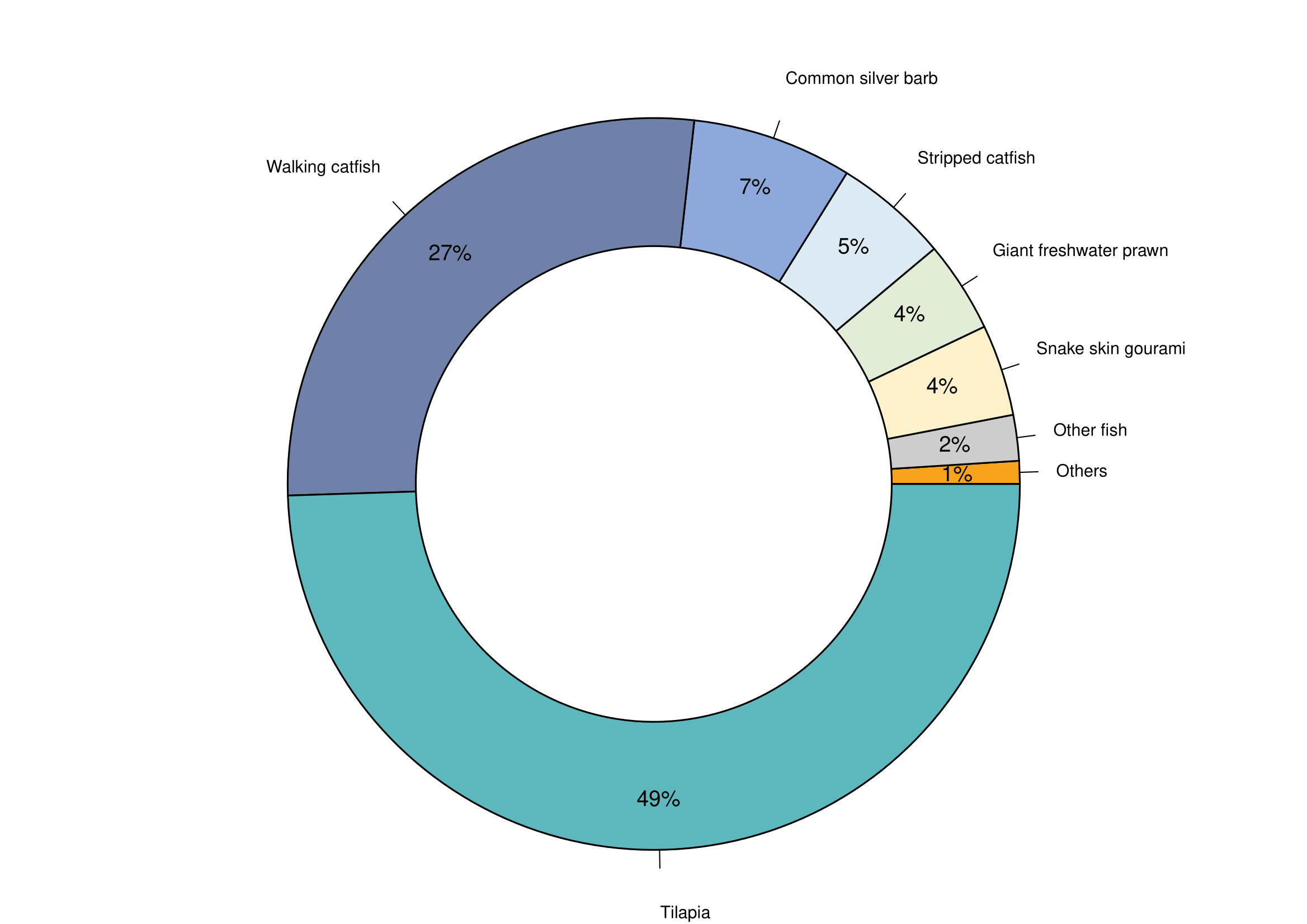Chapter 1 Introduction
Background
In order to sustain an intensified and resilient Cichlids’ aquaculture model, many research units and private companies around the world are studying immune responses of fish against viral and bacterial infections and are developing vaccines. There is currently no existing formulation of vaccine that can protect the fish against S.agalactiae and A.veronii, two major fish pathogens, at once. Prophylaxis treatments for cultured fish must be accessible and convenient to use, as well as efficient and durable. Oil-based formalin-killed vaccines score all the criteria. They are convenient for small and medium scale aquaculture production systems.
Freshwater cultured fish are prone to microbial pathogens
Two pathogens, S.agalactiae and A.veronii are the etiological agent of bacterial infections in freshwater cultured fish. They can be found all over the globe, with reported outbreaks in Japan, Taiwan, and the United States. They induce mass mortality of the infected fish within a few days. The two bacterial isolates used in this research are from Thailand.. Those isolates are highly pathogenic and their presence may create substantial economic loss for the farmers.In Thailand, freshwater fish culture is of first importance for the economy and for the food safety. Nile tilapia (Oreochromis niloticus) is the most produced fish and represent almost 50% of the total freshwater fish production for Thailand. However it is also the most touched by infections from S.agalactiae and A.veronii. The proportions of fish species cultured are in the figure below:

Figure 1.1: Proportion of freshwater fish species farmed in Thailand. Adapted from: Dr Nopadon Pirarat
My master research at the Asian Institute of Technology aims to study Nile tilapia’s immune response to the whole bacteria killed vaccines and prove that 1) vaccines are efficient 2) can immunize against the two bacteria in a single dose.